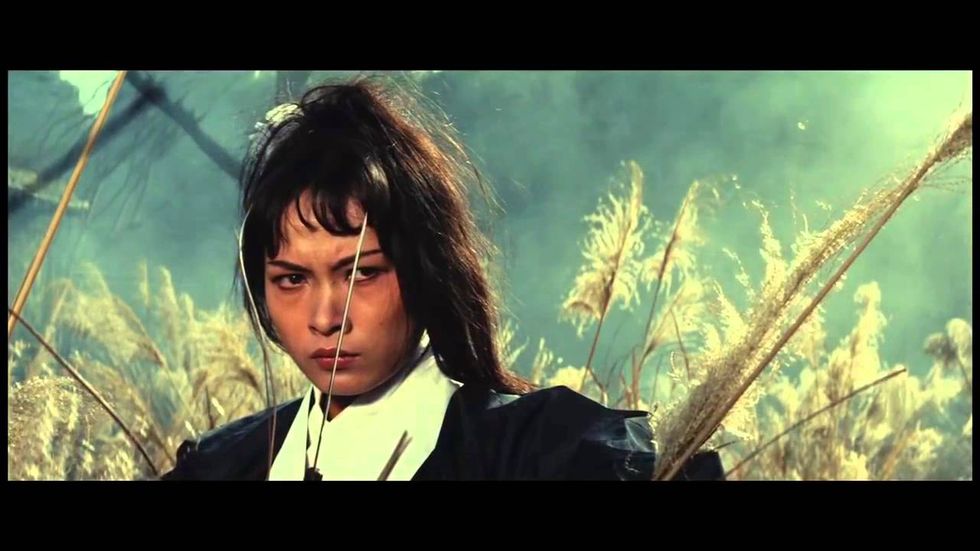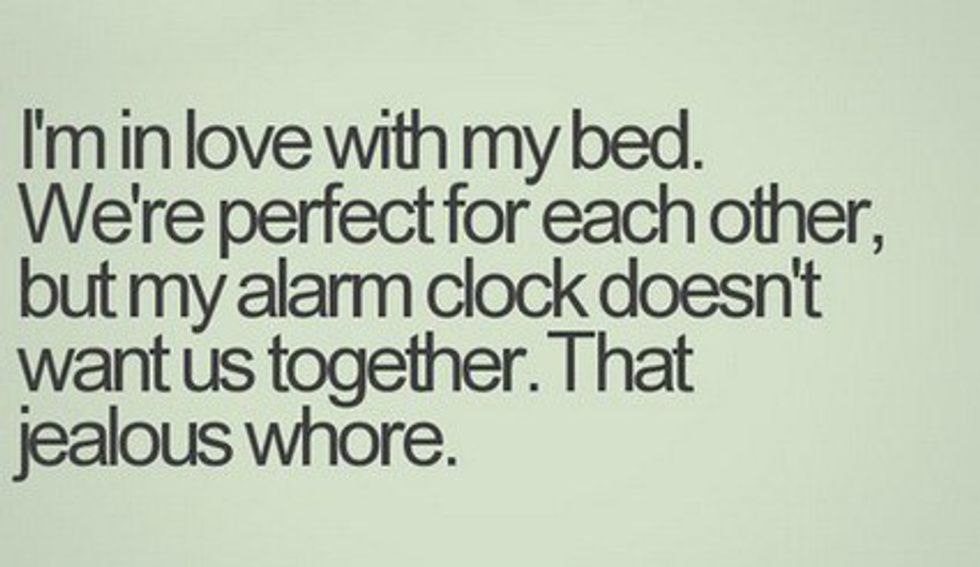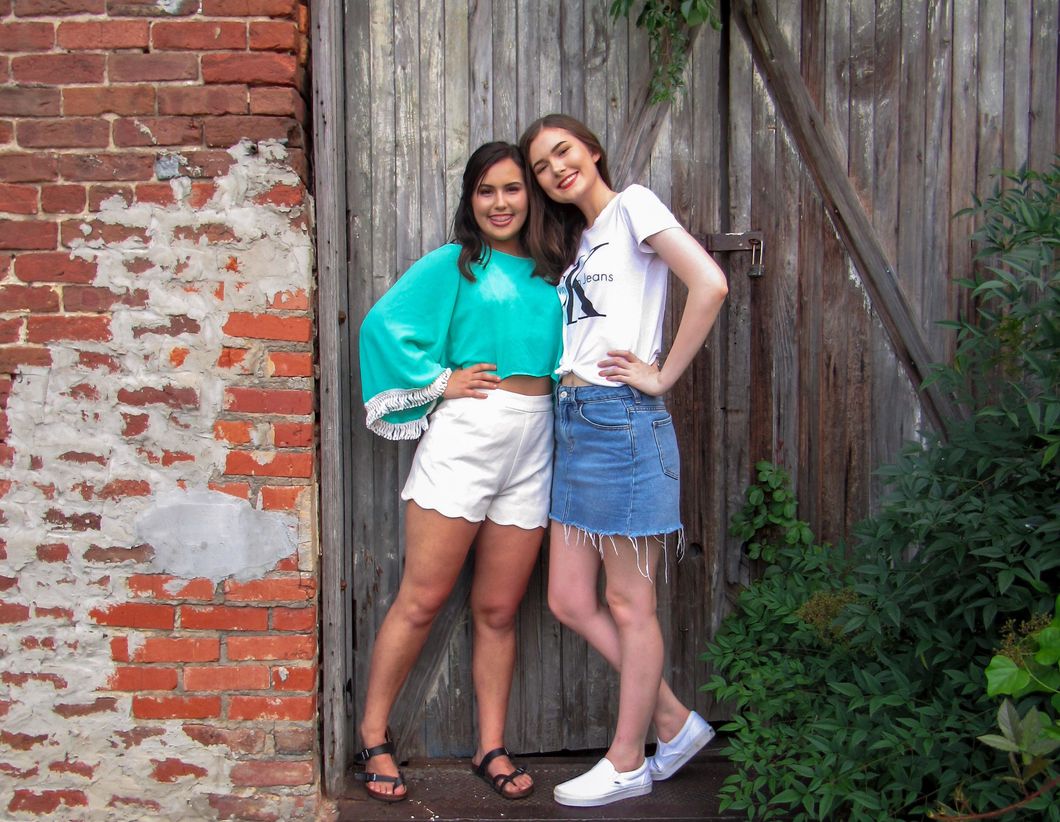There are a few martial arts films that have been labeled as influential over the span of the last century, but there is nothing like King Hu’s A Touch of Zen. Released in 1971 and celebrated as the first non-Mainland Chinese film to win an award at the Cannes in Film Festival, the Wuxi film took three years to be completed and has some of the best cinematography from an action standpoint that I’ve seen. It is truly remarkable to be saying that about a film that was made about 50 years ago. The collaborative effort between Hu and cinematographer Hui-Ying Hua is breathtaking and there is a lot to praise about the way the film is shot from start-to-finish. If I were to be honest, it might be the best cinematography that I have seen out of all the films from pre-1975 that I have watched in the two years that I have attended film school.
A Touch of Zen’s setup is remarkable, especially considering the fear that Hu and Hua want to place in the audience that’s watching the film. It opens on a shot of a spider moving in towards its web of various types of prey, which left chills down my spine watching this film that I was anticipating to be more subtle than scary. I commend the cinematographer for beginning the film with a shot that foreshadows a key section of the film, one that plays out in a comparable isolated fashion and this highlights the film’s proclivity toward generic twisting and turning. I’ve always admired when cinematographers shoot their films with provocative and deeper meanings instead of just making their films “look pretty”. Obviously, good looks come with good cinematography, but without any meaning to it - it just feels so basic and that’s the opposite of what A Touch of Zen brings to its cinematography.
Despite the complex, massive sets thrown throughout A Touch of Zen, the camera seamlessly prowls throughout the entirety of the three-hour-plus film. Hua Hui-Ying does a lot of beautiful work here by mixing up the colors for each of the locations in this film. Something I admire about the cinematography is how drastic the change of color is, with the interiors having a gloomy presence with heavy, bright splashes of red and the countryside relying on the beautiful usage of vivid greens and blues. It is breathtaking when a cinematographer has colors in films that represent the emotion that relates to a location, as people such as Ed Lachman (Far From Heaven), Roger Deakins (Blade Runner 2049) and Christopher Doyle & Mark Le Ping Bin (In the Mood for Love). Another aspect that cinematographers love to add when shooting films are possible homages and when I was watching A Touch of Zen, I couldn’t help but notice the potential homage to the deadly encounter between Lee Van Cleef and Antonio Casas in The Good, the Bad, and the Ugly when the camera zoomed in Ouyang’s eyes as he interrogates his suspect, which was said of his bamboo hat cast above his eyes.
I have admired action films since I was a little kid and as I got older, I stepped away from the goofy-centric action films like Fast & Furious or The Expendables, to watch the influential ones, such as Ang Lee’s Crouching Tiger, Hidden Dragon or Robert Clouse’s Enter the Dragon, which was the final feature film of Bruce Lee’s short, but inspirational career. A Touch of Zen is a brilliant piece from a martial arts standpoint and a filmmaking standpoint. For a film like this to remain as iconic as it was back in the day, that is an amazing feeling and the images from it haven’t got out of my head since initial viewing. The cinematography is unbelievable and after watching it, it has become one of the best films I have ever seen in terms of cinematography.



















